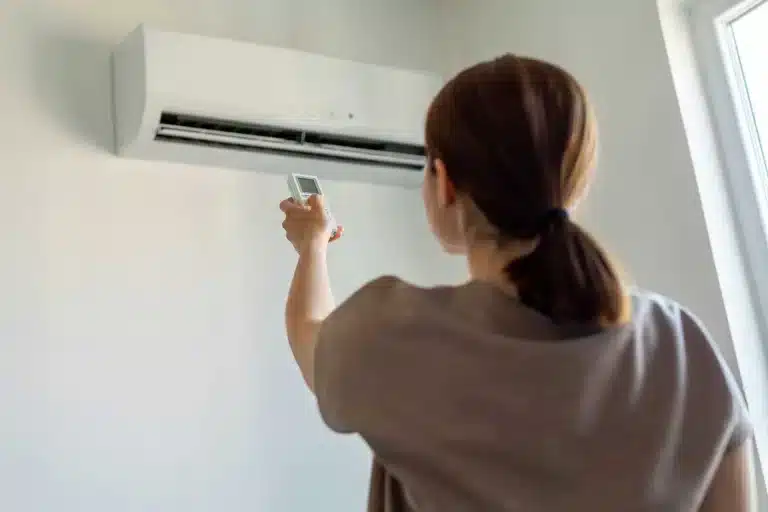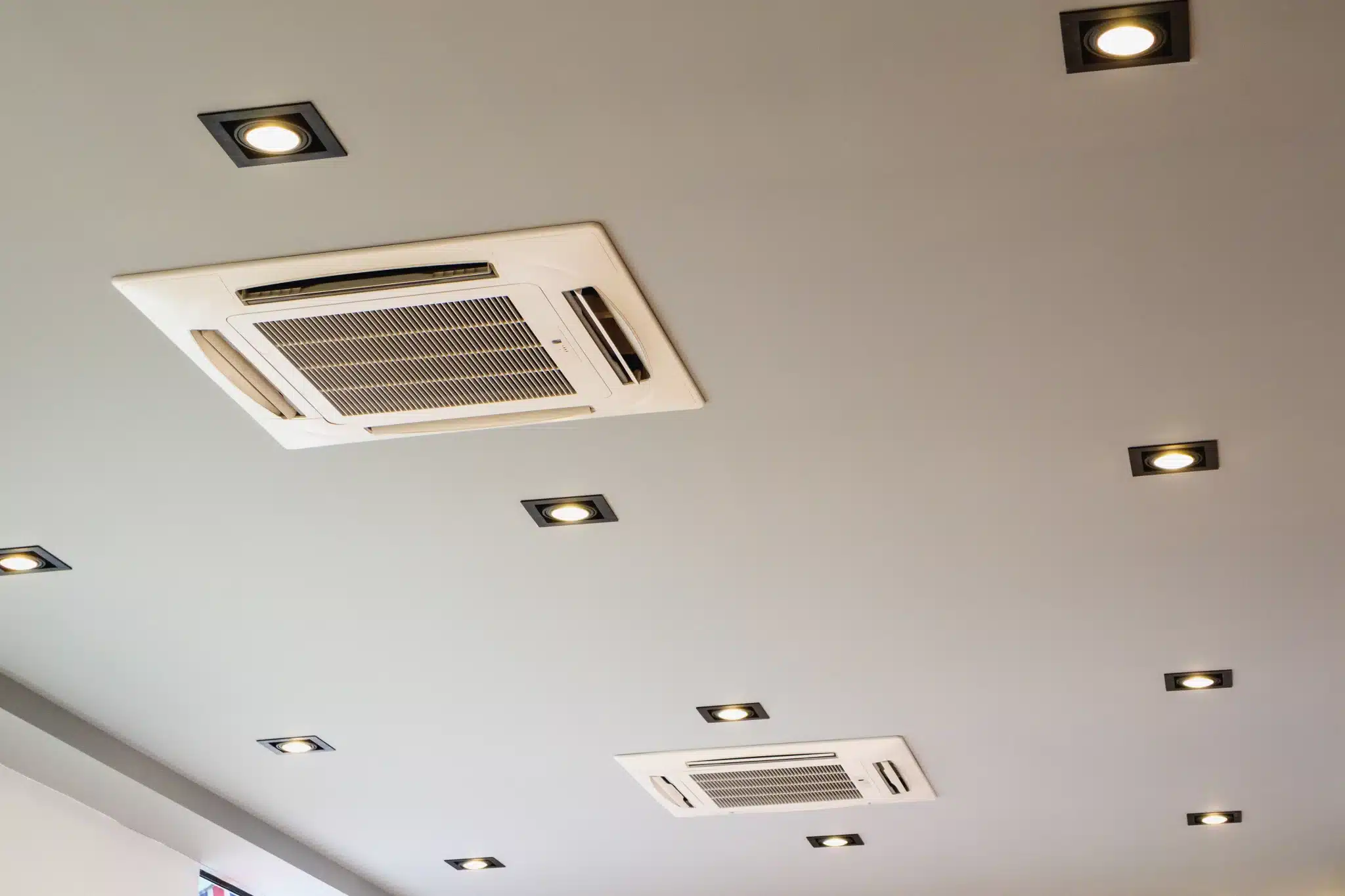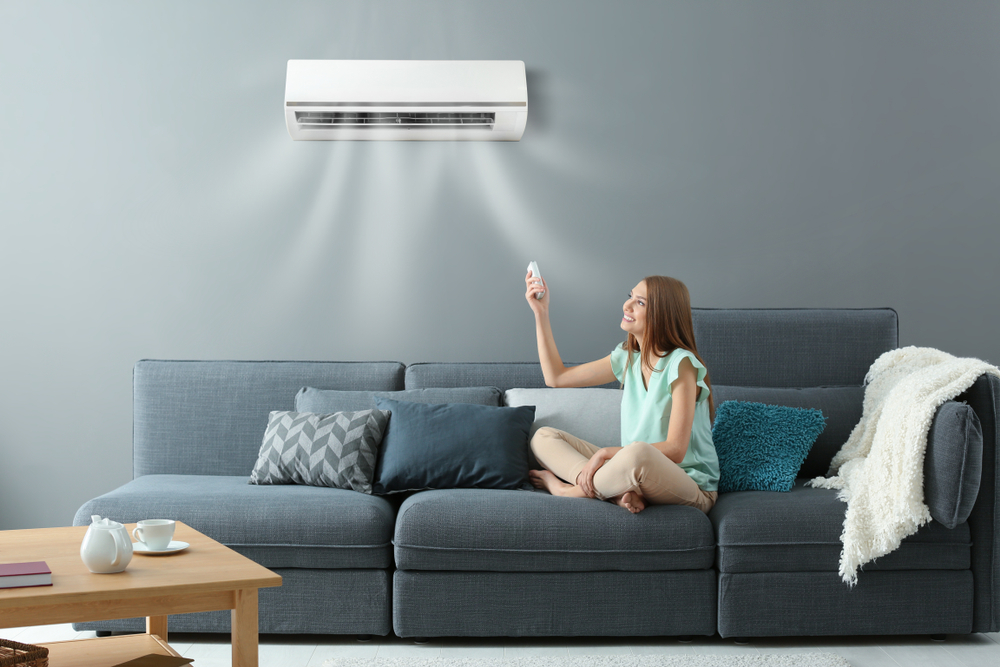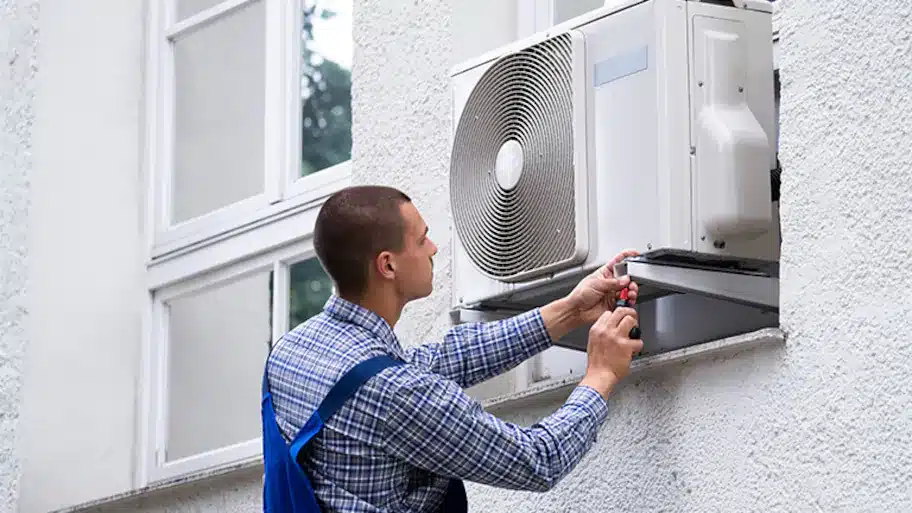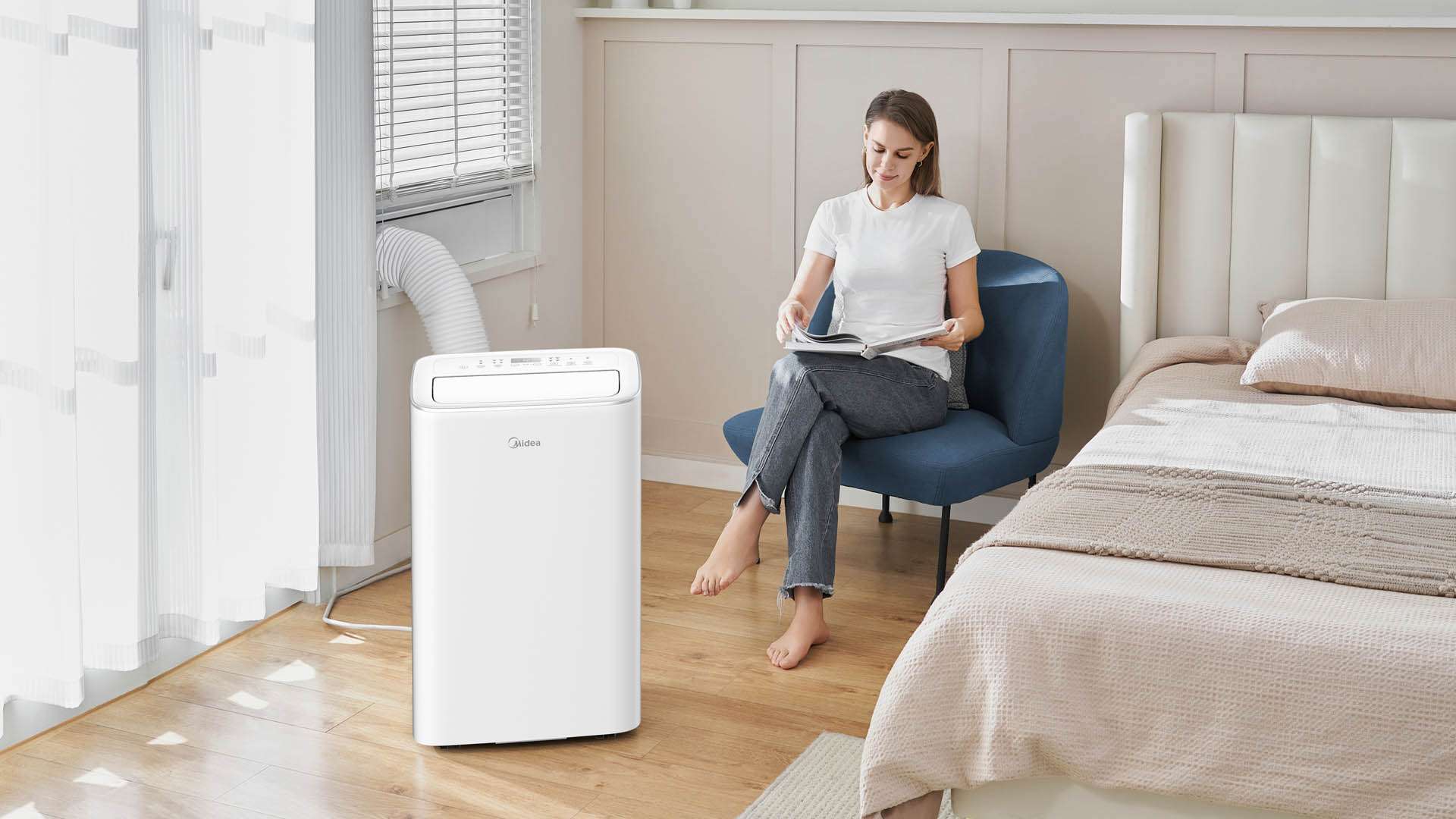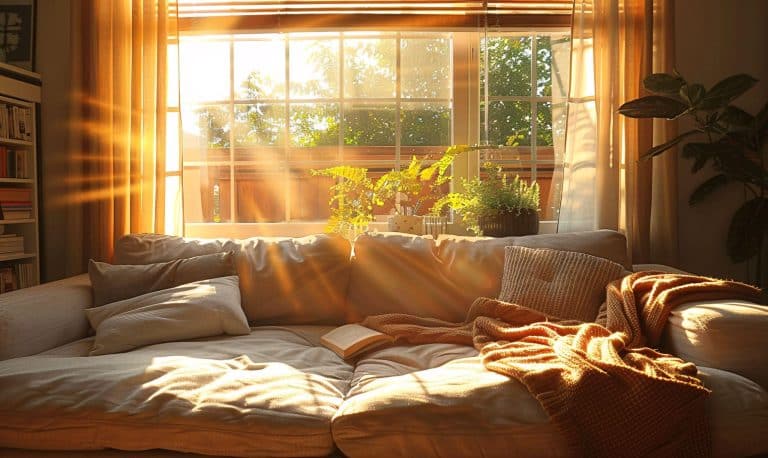Introduction
When the mercury rises, the thought of installing an efficient air conditioning system in your residence can bring as much relief as a cool breeze. Yet, selecting the optimal air conditioning system involves sifting through various options while considering multiple factors.
This guide aims to demystify the process and assist you in finding a unit that fits your space perfectly, operates efficiently, and aligns with your budgetary constraints.
Understanding Your Options
There are predominantly four types of home air conditioning systems to consider: central air conditioners, split systems, window units, and portable models. Each category offers distinct advantages and potential drawbacks, tailored to different needs and home layouts.
Central Air Conditioning
Ideal for cooling large homes uniformly, central air conditioning requires a network of ducts to distribute air. Installation often involves extensive preparation, particularly if your home does not have existing ductwork. On the upside, this system is almost invisible, very quiet, and capable of filtering the air throughout your home, which enhances indoor air quality.
Pros:
- Offers consistent cooling throughout the house
- Quieter operation compared to other systems
- Improves air quality and can incorporate humidification/dehumidification
Cons:
- Higher upfront installation costs, especially if ductwork is needed
- Requires professional maintenance
Split Systems
Split systems consist of an outdoor unit and one or more indoor units, connected by pipes carrying refrigerant. This setup is most suited for homes without ductwork and where individual room control is desired.
Pros:
- No need for ductwork, reducing initial costs
- Individual room units allow for personalized temperature settings
- More aesthetic than window units
Cons:
- Each room unit is visible inside the home
- Can be more expensive than window or portable units when cooling many rooms
Window Units
These are the compact, self-contained systems that you install in a window or through a wall. Window units are a go-to for single-room cooling or for small apartments.
Pros:
- Affordable and easy to install
- Effective for cooling small spaces
Cons:
- Can be noisy and obstruct window views
- Not feasible for cooling multiple rooms
Portable Air Conditioners
Portable air conditioners can be moved from room to room and typically vent through a window using an included kit. They are ideal for situations where window units are not an option or when temporary cooling is needed.
Pros:
- Flexibility to move between rooms
- No permanent installation required
Cons:
- Can take up floor space and be noisy
- Less efficient than other types of AC units
Selecting the Perfect System
Assess Your Needs
Start by evaluating the size of the space you need to cool. A system too small won’t cool adequately, while one too large can lead to increased humidity and wasted energy. Generally, an air conditioner needs 20 BTU for each square foot of living space.
Consider Climate Impact
If you live in a hot, humid area, your air conditioning needs will differ from those in a cooler, dry climate. Systems with built-in dehumidifiers are a boon for humid locales, whereas in dry areas, you might focus on an air conditioner with a programmable thermostat for optimal energy use.
Energy Efficiency
Energy efficiency is paramount when choosing an air conditioning system. Look for units with the Energy Star label to ensure you are purchasing a unit that consumes less energy and reduces utility bills.
Installation and Maintenance
Consider the complexity of installing your chosen air conditioning system. Central and split systems typically require professional installation and regular maintenance, while window and portable units are more straightforward.
Final Thoughts
Investing in the right air conditioning system ensures comfortable living conditions during the sweltering months. By carefully considering your home’s size, local climate, and energy efficiency needs, and understanding the different types of systems available, you can select the best option that offers comfort without compromise.

